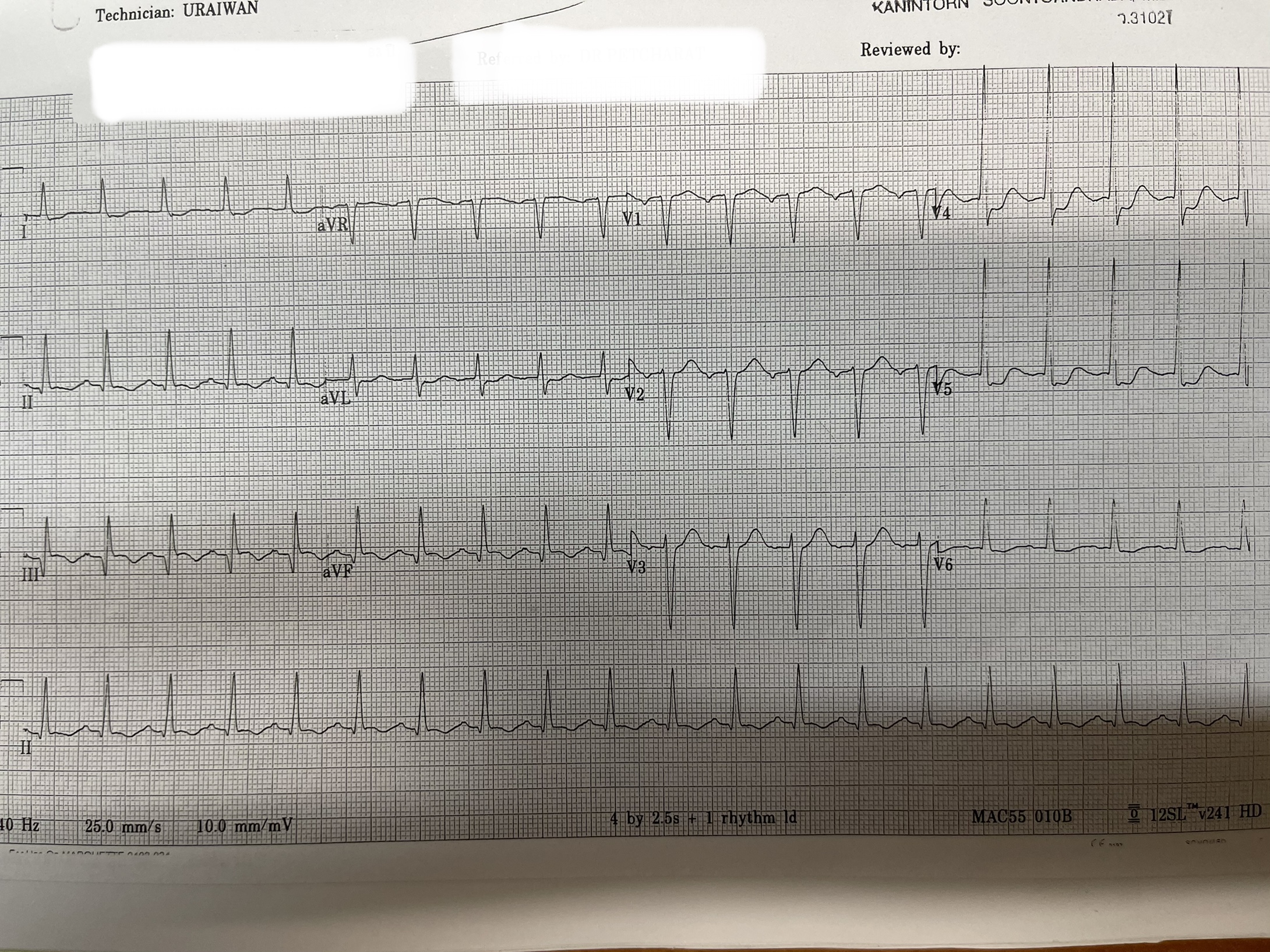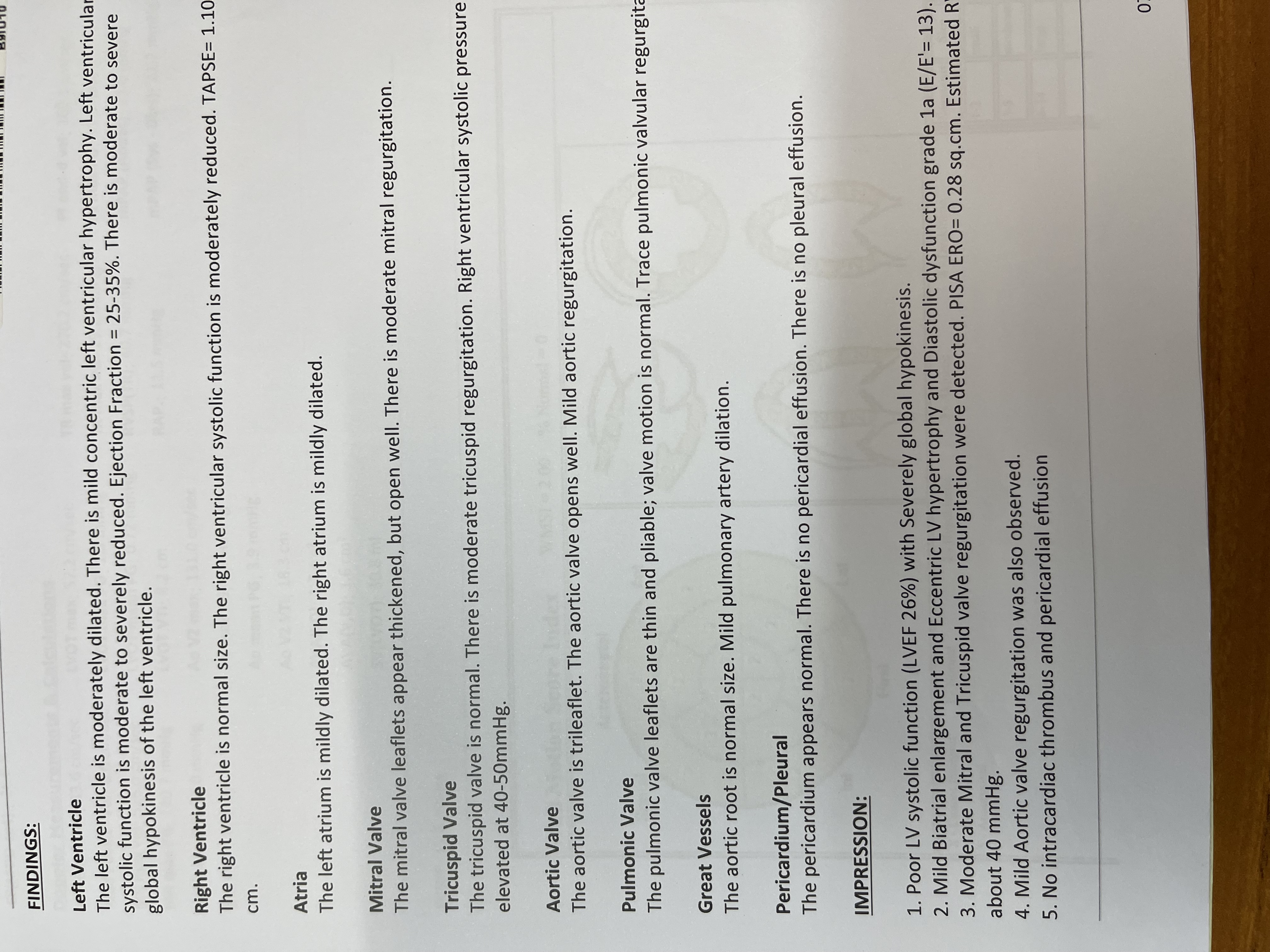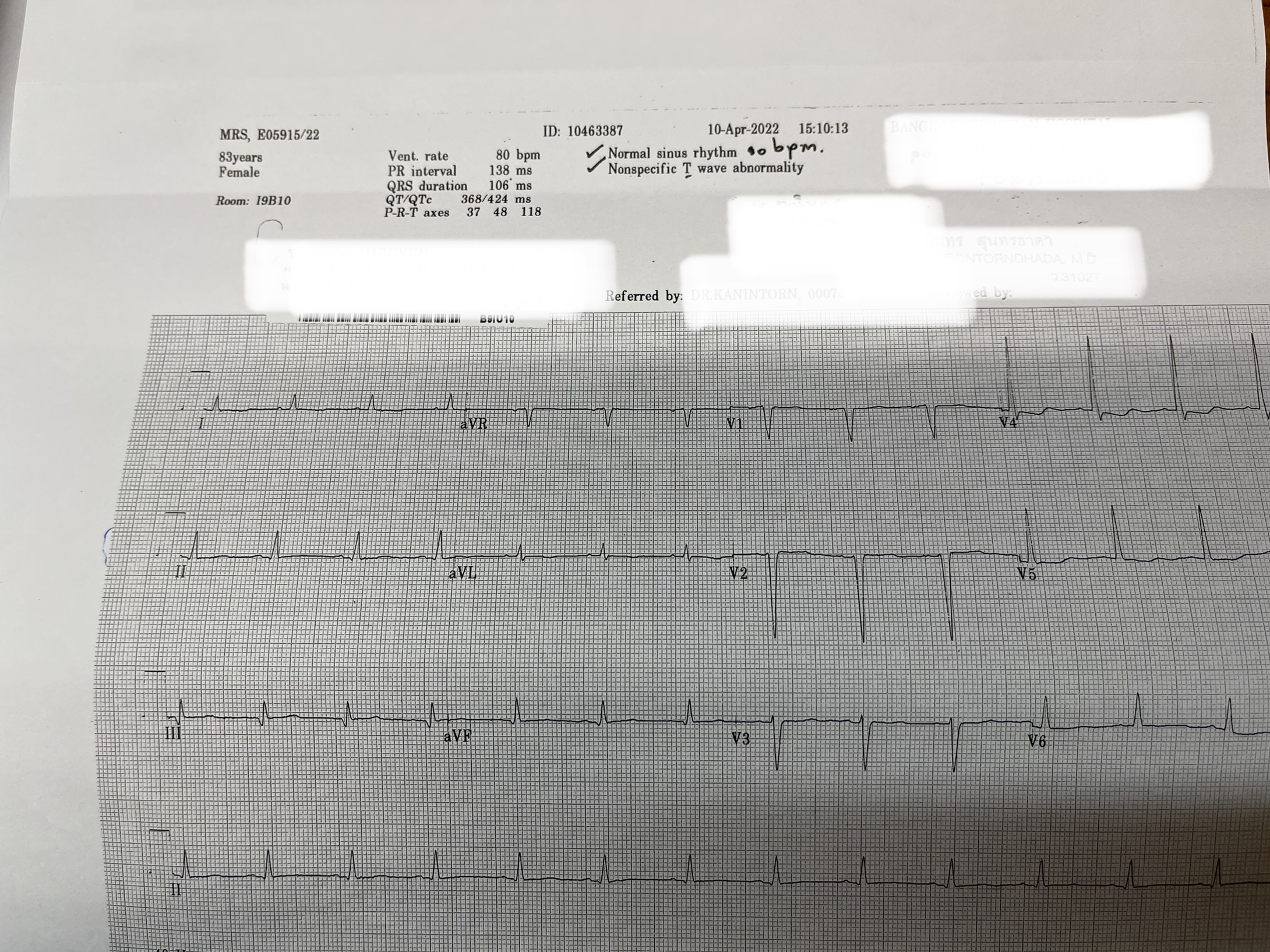Lots of interesting abstracts and cases were submitted for TCTAP 2023. Below are the accepted ones after a thorough review by our official reviewers. Don’t miss the opportunity to expand your knowledge and interact with authors as well as virtual participants by sharing your opinion in the comment section!
TCTAP C-111
A Complication Case: Catch a Rodeo Stent
By Kanintorn Soontorndhada
Presenter
Kanintorn Soontorndhada
Authors
Kanintorn Soontorndhada1
Affiliation
Bangkok Christian Hospital, Thailand1,
View Study Report
TCTAP C-111
CORONARY - Complications (Coronary)
A Complication Case: Catch a Rodeo Stent
Kanintorn Soontorndhada1
Bangkok Christian Hospital, Thailand1,
Clinical Information
Patient initials or Identifier Number
MJ 10463387
Relevant Clinical History and Physical Exam
An 82-year-old female on the background of severe central chest discomfort and hypotension during hemodialytic session at this admission. Her current medical conditions were ESRD on regular Hemodialysis 3 times per week, Type 2 DM, Hypertension, Hypercholesterolemia. After HD termination, her blood pressure was 105/70 mmHg and Heart rate was regular around 105 bpm. Chest auscultation revealed minimal crepitation both lower lungs. Her heart sound did not show significant murmur. Bodyweight 48 kgs
Relevant Test Results Prior to Catheterization
CBC: Hematocrit 30%, platelet 165,000 cell/cu.mm. Blood coagulation: within normal rangeserum creatinine 6.5 mg/dl, Serum sodium 136 meq/L, Potassium 5.1 meq/LECG: Sinus Tachycardia 116 bpm. LVH by voltage. ST-segment depression within leads II, III, AVF, V4-V6Chest radiography: Cardiomegaly with minimal vascular congestion.Cardiac Troponin-T 576 ng/LEchocardiogram: LVEF 26% with severely global hypokinesis. Moderate LA and LV enlargement. Moderate functional Mitral& Tricuspid regurgitation.






Relevant Catheterization Findings
The coronary angiogram was performed via Right Femoral Artery, using 5F JR3.5 and JL3.5 diagnostic catheters.LM: The vessel was free of stenosis.LAD: There was 70% tubular stenosis at proximal to mid segment with heavy calcified.LCX: There was chronic total occlusion at proximal segment.RCA: Dominant vessel with 99% tubular stenosis at proximal to mid segment. There was subtotal occlusion at proximal PL branch. LVEDP 20 mmHg without gradient across Aortic valve.
Interventional Management
Procedural Step
1. A 7Fr. JR 4.0 guiding catheter engaged into right coronary ostium.2. A 0.014inch Sion coronary wire was advanced across lesion into distal PDA.3. A 2.00x15 mm. Mini Trek balloon was used to pre-dilate lesion @ 10-14 Atm.4. A 2.75x20 mm. NC Europa balloon was used to pre-dilate lesion again up to 14 Atm.5. A 2.75x44 mm. Sirolimus DES was unsuccessful to advanced cover lesions after several attempts. Unfortunately, the stent balloon was dislodged from metallic part during withdrawal step. The metallic stent was partially retained within RCA. The coronary was also accidentally loss from RCA.6. The micro snare was attempted to retrieve the metallic stent for several times. Unfortunately, the metallic stent was floating to left main coronary artery and subsequently wandered with bloodstream.7. The fluoroscopic examination revealed that the metallic part was temporarily stuck in atheromatous plaque within descending aorta.8. We decided to proceed for PCI RCA. The guiding catheter was re-engaging and coronary wire was re-advanced into distal PDA.9. Two 2.75x23 mm. Everolimus DES was deployed from proximal to mid RCA. A 3.00x18 mm. Everolimus DES was deployed from ostium RCA overlapped with previous two stent. The 2.75 mm. and 3.00 mm. NC balloons were used to post-dilate within stents, respectively.10. The final angiogram showed good angiographic result with TIMI flow grade 3 in RCA.11. The retained stent in descending aorta was successfully retrieved with One snare catheter.




Case Summary
The stent dislodgement is unusual complication occurred in PCI procedure. However, it will usually make catastrophic consequences to operator who confronted with this trouble situation. Therefore, snare catheter manipulation skill is one of the prerequisite training experiences for all new interventionists. Furthermore, in patient who has hemodynamically constant and stable dislodged stent position, the percutaneous coronary intervention procedure can be completed before subsequent retrieval of wandering metallic stent part.


